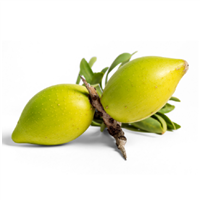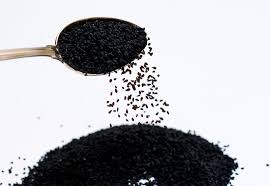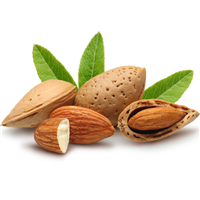As we learn more about herbalism and natural health, many of us are increasingly inspired to “DIY.” Many health and beauty products are easily made in custom formulation once you know some important characteristics of the ingredients and techniques! To that end, Smile provides classes and workshops to grow your herbal knowledge and also offers many of the foundational ingredients. Today we’ll take a deep dive into one of those ingredients: oils.
Pure oils can be infused with herbs for topical treatment, combined with Essential Oils for aromatherapy and topical treatment, or used alone for skin and hair treatments! We commonly refer to them as “carrier oils” due to their ability to “carry” herbal properties or essential oils to the skin in a diluted and safer way. There are so many wonderful oils that can provide a wealth of benefits, but determining which one you need for a certain purpose can be quite confusing. Here I hope to provide a “cheat sheet” to the oils that Smile offers.

Almond Oil
This nut oil is a popular choice for massage oils as it is lightweight with little aroma but slower to absorb into the skin. It is high in fatty acids that make it deeply nourishing to dry skin, including eczema and psoriasis, and may support wound and scar healing such as after surgery, but is not a great choice for daily facial or hair care for most people.

Argan Oil
An essential fatty acid oil high in antioxidants and Vitamin E, argan oil is produced from the kernels of the argan tree, which is indigenous to Morocco and Algeria (hence you may see it referred to as “Moroccan Oil”). It is more quickly absorbed into the skin and leaves a silky feeling, making it an excellent choice for facial care. Argan has a unique, slightly nutty scent and is not likely to clog pores. It may also be a good lightweight choice for hair, combating frizz and protecting from damage.

Avocado Oil
This fruit oil is often used in healthy cooking and is also beneficial to skin! Because of its high content of Vitamin A and E it is especially supportive for very dry and/or ageing skin. It is lightweight but slower to absorb, similar to almond oil. It has anti-inflammatory properties and may be soothing for wound healing, and is gentle enough for most sensitive skin.

Black (Cumin) Seed Oil
This antioxidant-rich seed oil has centuries of folk use in cosmetic applications and for a variety of skin conditions including acne, inflammation, and hypo-pigmentation issues such as vitiligo (it promotes melanin distribution). It has been shown to have antimicrobial and antioxidant effects, making it a good choice for some skin irritations and minor infections, particularly fungal ones. These same properties can make it a great remedy for acne and psoriasis.
Tune in next week for part two!
For More Information:
An updated review on efficacy and benefits of sweet almond, evening primrose and jojoba oils in skin care applications
National Eczema Association: Get the Facts: Almond Oil
Cleveland Clinic: 5 Skin and Hair Benefits of Argan Oil
The Importance of Argan Oil in Medicine and Cosmetology
Uses of Avocado Oil For Massage & Natural Skincare
A Review on the Cosmeceutical and External Applications of Nigella Sativa
Effectiveness of topical Nigella sativa for vitiligo treatment
The post A Simple Guide to Carrier Oils (Part 1) appeared first on Smile Herb School.

